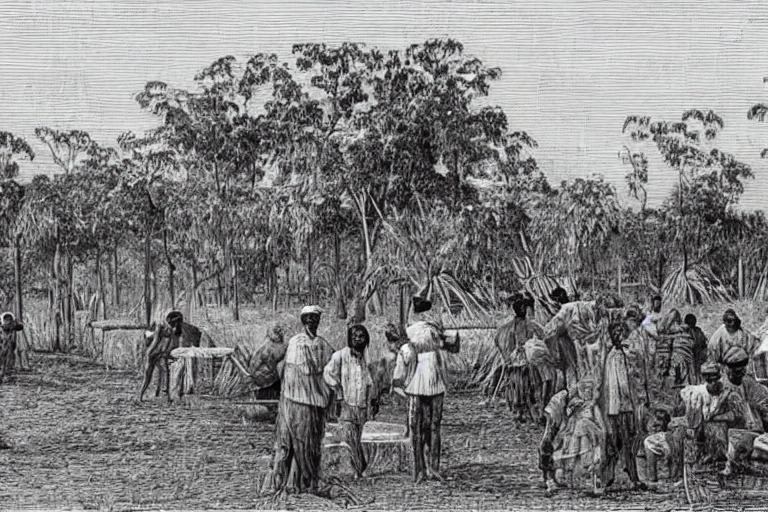Millions of slaves were required to work the sugar cane plantations that the colonists built. The conditions were brutal. Whether cutting the cane in the fields, or working the wood fired mills that began the sugar’s extraction process, the life of a slave was short and miserable. They were typically fed salted cod caught off the Grand Banks of Newfoundland, and in turn, the fishermen and sailors of the Royal Navy were granted daily rations of rum made from the sugar dregs in the plantation mills. This was all part of the new global network of trade build on misery and suffering to service the aristocracy back home in Europe.
The rise of the industrial revolution witnessed the democratization of sugar in the sense that it became more readily available to the common folk, if only to make sure that factories continued to run and produce profits for their owners. Whereas today we are primarily concerned with the worry of overeating, in Victorian times, the primary concern was a lack of enough food to feed the work force. But thanks to industrialization and the development of more sophisticated refinery techniques, sugar began to drop in price. Making the commodity even more plentiful was the dropping of taxes that had previously hampered trade in the substance, as well as Napoleon’s efforts to start a sugar-beet industry in France to replace the cane plantations lost to uprising in Haiti. Sugar beets now account for 20 percent of the world’s sugar production.
The effect of this cheaper and more plentiful supply of sugar was a workforce that now had access to a quick energy source they could use to supplement their poor diets and keep them working longer and harder than they previously had been able to. Sugar became a shortcut as jams, sauces and pickles came on to the market offering working women an easy way to prepare quick meals. Eventually, candy became common place and people were chewing on it throughout the day. Sugar was an integral part of every special occasion – a cake for a birthday, ice cream at a carnival, penny candy made with fantastic colors to reward a child for a good test result. As the confectionery industry grew at a rapid pace throughout the early 20 century, businesses invented occasions and new traditions where families were expected to indulge in an endless amount of sugar – at Christmas, Halloween, Valentine’s day. Print, and later, television ads all reinforced this idea. Every meal was now expected to be followed by an entirely separate course – dessert!
As so much of our diet is now comprised of prepared foods, or made in part with prepared sauces, condiments, and other shortcuts, there is a lot of hidden sugar that has been added to our diet on top of all this. The canned tomato sauce, the cereal, our bread, all have sugar added to them. The daily amount of sugar that we consume in a day is vastly different that what would have been consumed 200 years ago. With so little time for our bodies to evolve to this rapid change in diet, no wonder sugar has been linked to so many health crises.

